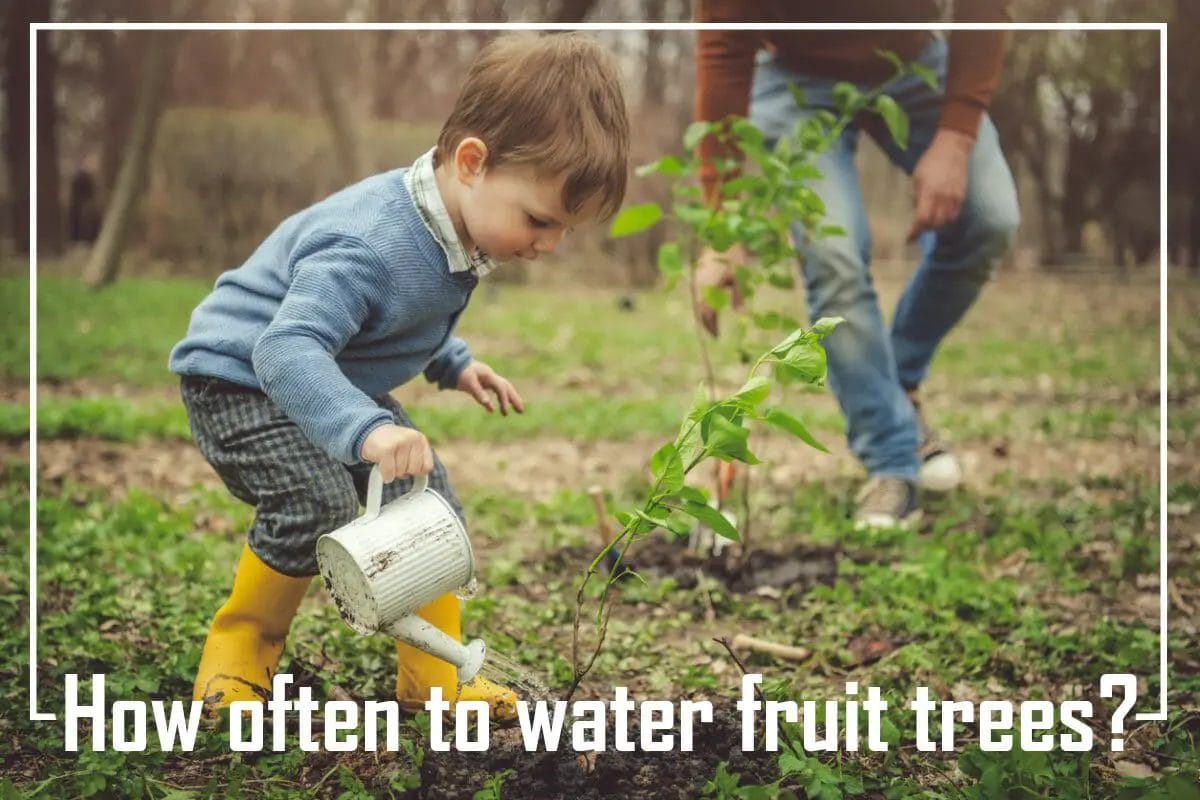Summer is just around the corner, so it’s time to prepare your pool for the season. But before you dive in, have you checked if your pool water is safe? The last thing you want is to have swimmers come down with an infection or skin irritation due to algae or bacterial growth in the pool water.
To ensure your pool is safe for swimming, you must regularly test for algae and bacterial growth. This will help you identify any issues early to take appropriate action and prevent health risks. With the right tools and knowledge, testing for algae and bacterial growth in pool water is straightforward.
In this article, we’ll take you through the testing steps for algae and bacterial growth in pool water and discuss the necessary tools. By the end of this article, you’ll clearly understand how to keep your pool water safe and ready for summer fun.
What Is Algae?
Algae is a type of photosynthetic organism that belongs to the kingdom Protista and can be found in aquatic environments, such as waters, ponds, and pools. Algae can vary greatly in size and shape, from microscopic single-celled organisms to larger seaweeds.
In addition to their plant-like characteristics of photosynthesis and growth, algae can reproduce quickly and have a high tolerance for environmental conditions, making them common pool contamination.
Cause
Algae is one of the most common causes of water quality issues in pools, and it can be a real nuisance if not properly managed. Algae are ubiquitous, with spores constantly entering pool water from outside sources, such as wind, rain, contaminated swimsuits, or pool cleaning tools.
When conditions become favorable for algae growth, including warm temperatures, sunlight, and the presence of nitrates, phosphates, or carbon dioxide, an algae bloom can occur in a matter of hours.
Problem That Causes
Algae can cause numerous problems for people who enjoy the water and those responsible for maintaining it. When algae blooms occur, no one is likely to swim in it. Due to its unsightliness and consistent growth, people will naturally be put off by trying to use the water for recreational purposes such as swimming.
Going beyond aesthetics, dealing with an algae bloom is a serious endeavor requiring money and effort to rid the area of it completely. Also, once a large bloom has taken hold, it makes future blooms easier to cause due to the spread of spores and nutrients in the environment.
What Are Bacteria?
Bacteria are microscopic, single-celled organisms that belong to the kingdom Monera. Bacteria thrive in moist environments and can be commonly found in pools. When left untreated, bacteria can multiply rapidly and cause health risks such as skin infections and diarrhea. It is important to regularly test for bacterial growth in your pool, as it can be difficult to detect without the right equipment.
Cause
Pool water needs to be monitored for bacterial and algae growth to ensure that the water is safe for swimming. Various factors, including sunlight, temperature, pH, and contaminants such as organic material like pollen or fertilizers, can cause bacteria and algae growth in pool water.
Sunlight causes photosynthesis in the algae, which results in its growth. Warm temperatures encourage bacteria reproduction and growth, while pH affects algae growth rate. Finally, contaminants such as pollen and fertilizers provide nutrients for bacteria and algae, allowing them to grow more quickly.
Problem That Causes
Bacterial and algae growth in pools can cause several problems for swimmers and pool owners. The most common issue is the risk of illnesses caused by contact with contaminated water. Skin irritation, fungal infections, and gastrointestinal illnesses can all be caused by bacteria or algae in a pool.
In addition, the presence of algae can make a pool unsightly and can cause an odor. Finally, algae blooms can clog filters and pipes, making maintenance more difficult.
How To Test Algae And Bacterial Growth In Pool Water?
Testing for algae and bacterial growth in pool water is important in maintaining a safe and clean swimming environment. Here’s a general guide on how to test for algae and bacterial growth in pool water:
- Purchase a pool water testing kit: Various kits are available in the market, ranging from basic test strips to more advanced kits that measure multiple parameters. Choose a kit that includes tests for pH, chlorine levels, and total alkalinity at a minimum. Some kits may also have specific tests for bacteria or algae.
- Follow the instructions: Read and follow the instructions provided with your testing kit carefully. Each kit may have specific steps and procedures for accurate testing. Pay attention to any recommended waiting times or shaking requirements for proper results.
- Collect a water sample: Use a clean plastic container or the sample collection vial provided in the testing kit to collect a water sample from your pool. Take the sample from elbow depth or around 18 inches below the water surface. Avoid collecting water near return jets or skimmers.
- Test for pH, chlorine, and total alkalinity: Dip the appropriate test strip or use the testing reagents from your kit to measure the water sample’s pH, chlorine levels, and total alkalinity. Follow the instructions to obtain accurate readings. These parameters help determine your sanitization system’s overall water quality and effectiveness.
- Use specialized tests for bacteria or algae (optional): Some testing kits may include specific tests for bacteria or algae. These tests typically involve adding a pool water sample to a test vial along with reagents provided in the kit. Follow the instructions carefully to perform the test and interpret the results accurately.
- Compare results with recommended ranges: Once you have completed all the tests, compare the results with the recommended ranges provided by your testing kit or pool maintenance guidelines. This will help you determine if the pool water is within acceptable limits or if corrective action is needed.
- Take appropriate action: If your test results indicate high levels of bacteria, algae, or any other parameters outside the recommended ranges, take appropriate action to address the issue. This may include adjusting pH and chlorine levels, adding algaecides or clarifiers, or seeking professional assistance.
Regularly testing your pool water, maintaining proper sanitation levels, and following a consistent pool maintenance routine can help prevent algae and bacterial growth, ensuring a safe and enjoyable swimming environment for you and your guests.
Types Of Algae And Their Treatment
Green algae is the most common form of algae found around the edges of a pool. It comes in many different colors and is generally harmless. However, it can become unsightly if it gets out of control.
To prevent the growth of green algae, ensure that your pool is properly maintained and that chlorine levels are kept to a moderate level. Limiting exposure to direct sunlight or heavily shaded areas can also help prevent its growth.
Yellow algae is a strain of green algae which develops when chlorine levels are low, and water temperatures are warm. This type of algae can occur even in carefully looked-after pools, so regular tests should be done to monitor for its presence.
Taking measures such as monitoring chlorine levels and not letting the pool temperature get too high will help reduce its development and spread.
Lastly, black algae typically develop in the cracks and tiles of a pool surface instead of its edges, so special attention must be given to those areas when cleaning. Since black algae can be difficult to remove completely once established, prompt identification and action are key for preventing infestations from occurring in the first place. Fortunately, there is a way to get rid of them. Such as:
Green Algae Treatment
When treating green algae in a swimming pool, the most important step is to analyze the pool’s water to identify the current pH levels. An optimal pH level for a swimming pool is 7.4, so if the number falls below this level, then treatment will be necessary.
You can start by brushing up your chlorine levels to above three PPM, then giving the pool a shock treatment of chlorine and Algaecide 60. This will help kill any existing algae and prevent it from forming in the future.
Yellow Algae Treatment
The first step to get rid of the pesky yellow algae is to thoroughly scrub every inch of the pool surface before shocking the water using the correct chlorine dosages. It’s also important to ensure that every item within the pool—such as ladders or toys—is treated alongside the actual pool water to guarantee success.
Once done correctly, shocking your pool should obliterate much of the remaining yellow algae; add an appropriate algaecide soon after to prevent further spread and future outbreaks.
Black Algae Treatment
Ultimately, tackling black algae takes some effort but isn’t too difficult once you understand what steps need to be taken. Brushing any visible areas first and then eating or shocking your pool are crucial components when dealing with black algae.
Once these methods have been used multiple times, you should see an improvement in your overall water chemistry and quality. From there, it’s just a matter of ensuring proper maintenance and balance from time to time to keep your pool free from any more infestations of black or other types of algae.
What is Best To Test Pool Water?
There are several options available to test pool water, each with its own advantages and suitability based on individual needs. Here are some common methods for testing pool water:
- Test Strips: Test strips are convenient and easy to use. They typically consist of a paper strip or plastic strip with multiple pads impregnated with reactive chemicals. You dip the strip in the pool water for a few seconds, then compare the pad color changes to a provided color chart to determine the levels of various parameters like pH, chlorine, alkalinity, and more. Test strips are generally affordable and give quick results, but they may be less accurate than other methods.
- Liquid Test Kits: Liquid test kits use reagents or drops to perform chemical reactions with the pool water. They usually come with multiple bottles of reagents for different tests and a testing vial or test tube. You add a specific number of drops of reagents to the water sample, shake or swirl it, and observe color changes. The resulting color is then compared to a chart to determine the parameter levels. Liquid test kits are typically more accurate than test strips but may require more time and effort for testing.
- Digital Testers: Digital pool water testers provide digital readings of various parameters, including pH, chlorine, alkalinity, and sometimes additional measurements. These devices use sensors or probes to analyze the water and display the results on a screen. Digital testers are user-friendly and often provide more precise readings. However, they are more expensive than test strips or liquid test kits.
- Professional Water Testing: If you want the most accurate and comprehensive pool water analysis, you can take a sample to a professional pool supply store or laboratory. They have advanced equipment and expertise to perform in-depth water testing, often including additional parameters like calcium hardness, cyanuric acid, and metals. Professional water testing is particularly useful if you face persistent water quality issues or need a detailed analysis.
The choice of testing method depends on your specific requirements, budget, and convenience. Test strips or liquid test kits may suffice for most pool owners for routine monitoring and maintenance.
However, investing in a digital tester or seeking professional testing services may be beneficial if you desire greater accuracy or have complex water chemistry concerns.
Frequently Asked Questions [FAQs]
1. How Often Should I Test My Pool Water?
2. What Parameters Should I Test In My Pool Water?
3. Based On The Test Results, How Do I Adjust The PH And Chlorine Levels?
4. What Should I Do If My Pool Water Test Results Are Off-Balance?
5. How Accurate Are At-Home Pool Water Testing Kits?
Conclusion
Regularly testing your pool water for algae and bacterial growth is important. The most accurate approach is to take a sample to a professional pool supply store or laboratory, but at-home pool water testing kits are also an option. To get the most out of at-home tests, carefully follow the instructions and compare results accurately to the color chart or numerical readings.

As an accomplished author and expert in water filtration and mineral content, I have dedicated my career to understanding the intricacies of water quality and its impact on human health. With a keen eye for detail and a passion for sharing knowledge, I have written extensively on the subject, covering everything from the differences between hard and soft water to the benefits of using a water filter at home.






